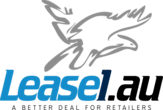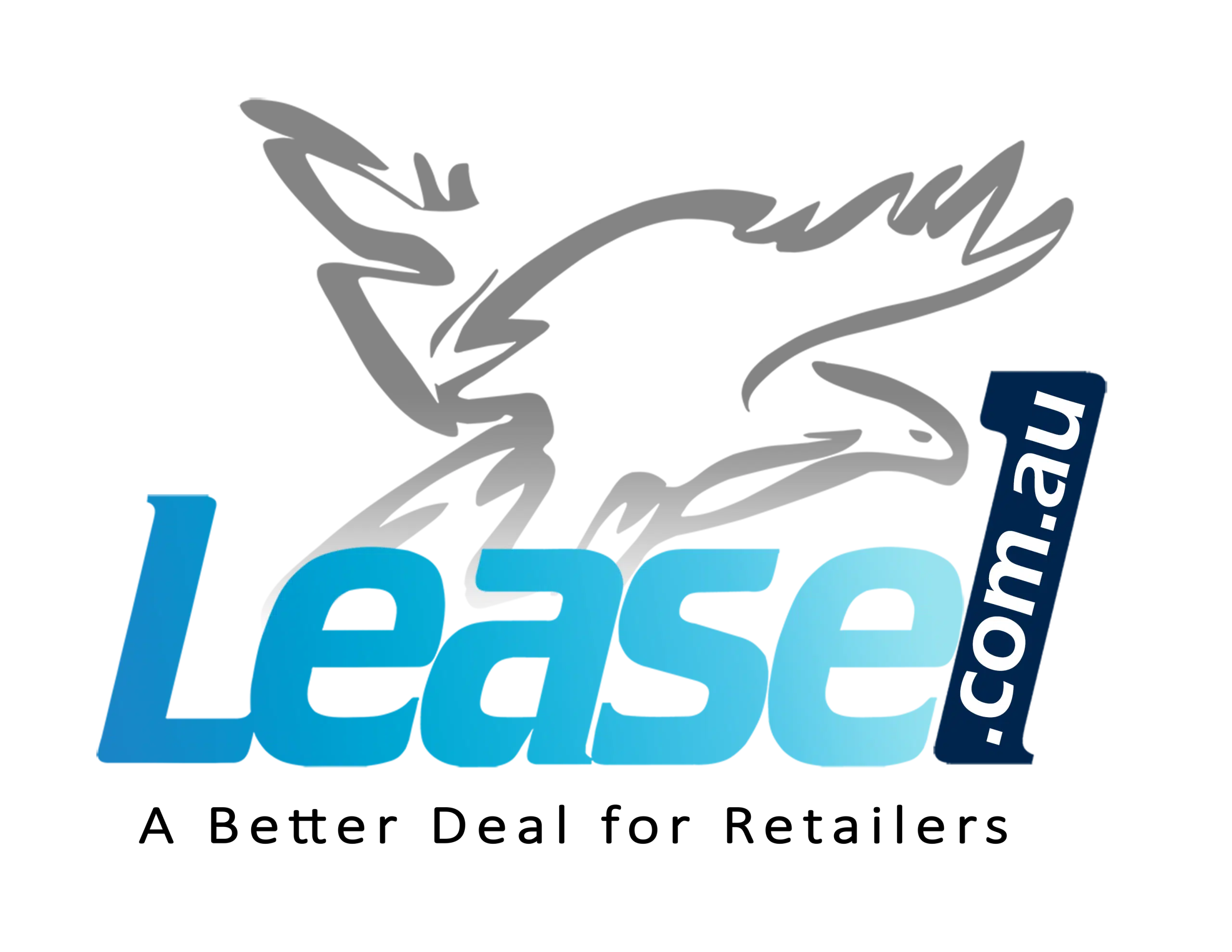There are three key areas that all retailers need to focus on to improve the value and profitability of their business.
The areas mentioned were:
- COGs (Cost of Goods);
- Wages;
- Occupancy Costs (Rental Lease obligations)
By focusing on achieving a 1% improvement annually in each of these three areas of cost, you will increase the value of your business. This can only be achieved through internal systems and processes to measure performance and manage the outcomes you need to deliver.
With COGs, the starting point lies in two key areas: suppliers and stock turn. Contracts with suppliers should be renegotiated annually. That goes for all suppliers to ensure reductions in cost base are reflected in lowering your COGs, and suppliers remain competitive to the market in acquiring your business. Multiple-year contracts only support the suppliers’ bottom line.
Second, stock turn needs to be measured by product/range, not by the whole of store or department and then matching this against the supplier terms.
Most stores apply a one-size-fits-all approach to supplier payment turns. It is more beneficial to match payment terms to inventory (stock) terms- you will be surprised how effective this can be in negotiating with your suppliers.
The next key area is wages, particularly with Australia’s employee penalty rate system as opposed to customer demands and trading hours. This area is naturally vital to the bottom line.
Some points to consider when to best manage wages:
- Outsource non-productive processes i.e. Administration/HR etc;
- Automate as many processes as possible- such as stock ordering and handling etc;
- Develop flexible rostering to match business volumes rather than employee lifestyles (this is a hard one);
- Employ more productive people and train them.
Occupancy Costs are often (almost always) left out of the equation mainly due to the perception that the lease is a set contract and to make improvements is all too hard. But the applied reality is, once we start to measure occupancy costs and real estate performance, the opportunities to manage and improve outcomes become apparent.
Further, the forward planning and strategic management of the Lease Lifecycle (length of term) towards not only the ever reducing critical path of your current lease but the successful renewing of this contract is fundamental to the value of your business.


